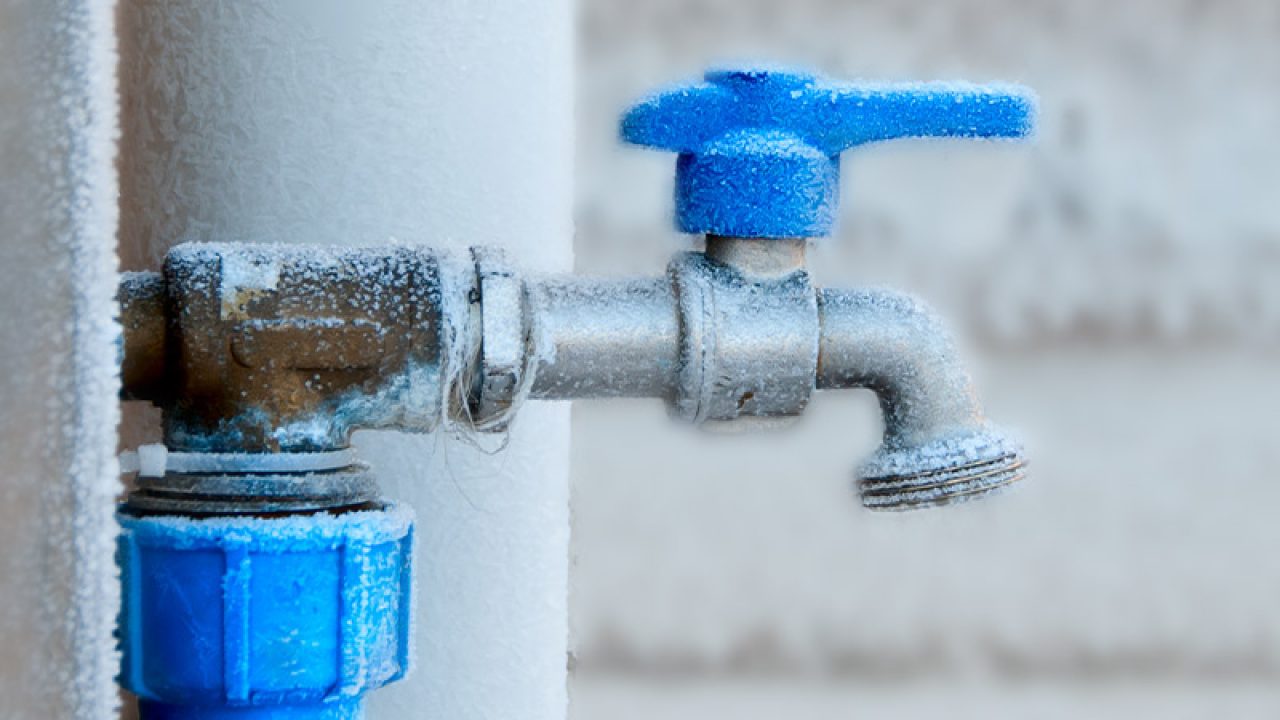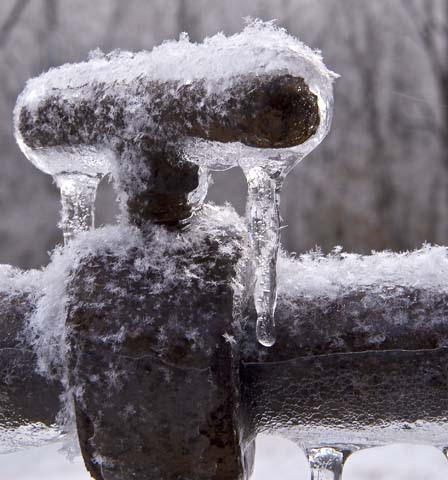Essential Advice for Preventing Frozen Pipes in Winter Seasons
Essential Advice for Preventing Frozen Pipes in Winter Seasons
Blog Article
We have come across the article about Helpful Tips to Prevent Frozen Pipes this Winter listed below on the web and thought it made good sense to share it with you on this page.

Winter can damage your plumbing, particularly by freezing pipes. Below's how to stop it from taking place and what to do if it does.
Introduction
As temperature levels decrease, the danger of frozen pipelines increases, potentially bring about expensive repair services and water damage. Understanding how to prevent icy pipelines is important for home owners in cool climates.
Recognizing Frozen Pipelines
What triggers pipes to freeze?
Pipelines ice up when exposed to temperatures below 32 ° F (0 ° C) for expanded periods. As water inside the pipelines freezes, it broadens, putting pressure on the pipeline wall surfaces and possibly creating them to burst.
Risks and problems
Icy pipelines can lead to water system disruptions, home damage, and expensive repair work. Ruptured pipelines can flooding homes and create considerable structural damage.
Indicators of Frozen Pipeline
Recognizing icy pipelines early can stop them from bursting.
How to identify icy pipes
Seek lowered water flow from faucets, uncommon smells or sounds from pipes, and noticeable frost on exposed pipes.
Prevention Tips
Shielding susceptible pipes
Cover pipelines in insulation sleeves or make use of warm tape to shield them from freezing temperatures. Focus on pipes in unheated or exterior areas of the home.
Home heating methods
Maintain interior spaces appropriately heated up, especially locations with plumbing. Open up closet doors to enable cozy air to circulate around pipelines under sinks.
Protecting Exterior Pipes
Garden pipes and outside faucets
Detach and drain garden tubes before winter. Install frost-proof spigots or cover exterior taps with shielded caps.
What to Do If Your Pipes Freeze
Immediate actions to take
If you think icy pipelines, maintain taps open up to ease stress as the ice thaws. Utilize a hairdryer or towels taken in warm water to thaw pipes gradually.
Long-Term Solutions
Architectural modifications
Consider rerouting pipes away from outside wall surfaces or unheated areas. Add added insulation to attic rooms, cellars, and crawl spaces.
Updating insulation
Buy high-grade insulation for pipelines, attics, and wall surfaces. Proper insulation assists preserve consistent temperatures and decreases the risk of icy pipelines.
Conclusion
Avoiding icy pipes requires aggressive steps and quick actions. By comprehending the reasons, indications, and preventive measures, home owners can shield their plumbing during winter.
5 Ways to Prevent Frozen Pipes
Drain Outdoor Faucets and Disconnect Hoses
First, close the shut-off valve that controls the flow of water in the pipe to your outdoor faucet. Then, head outside to disconnect and drain your hose and open the outdoor faucet to allow the water to completely drain out of the line. Turn off the faucet when done. Finally, head back to the shut-off valve and drain the remaining water inside the pipe into a bucket or container. Additionally, if you have a home irrigation system, you should consider hiring an expert to clear the system of water each year.
Insulate Pipes
One of the best and most cost-effective methods for preventing frozen water pipes is to wrap your pipes with insulation. This is especially important for areas in your home that aren’t exposed to heat, such as an attic. We suggest using foam sleeves, which can typically be found at your local hardware store.
Keep Heat Running at 65
Your pipes are located inside your walls, and the temperature there is much colder than the rest of the house. To prevent your pipes from freezing, The Insurance Information Institute suggests that you keep your home heated to at least 65 degrees, even when traveling. You may want to invest in smart devices that can keep an eye on the temperature in your home while you’re away.
Leave Water Dripping
Moving water — even a small trickle — can prevent ice from forming inside your pipes. When freezing temps are imminent, start a drip of water from all faucets that serve exposed pipes. Leaving a few faucets running will also help relieve pressure inside the pipes and help prevent a rupture if the water inside freezes.
Open Cupboard Doors
Warm your kitchen and bathroom pipes by opening cupboards and vanities. You should also leave your interior doors ajar to help warm air circulate evenly throughout your home.

I stumbled upon that piece of writing on How to prepare your home plumbing for winter weather when browsing the internet. Sharing is caring. Who knows, you will be helping someone out. Thanks for your time spent reading it.
See Availability Report this page